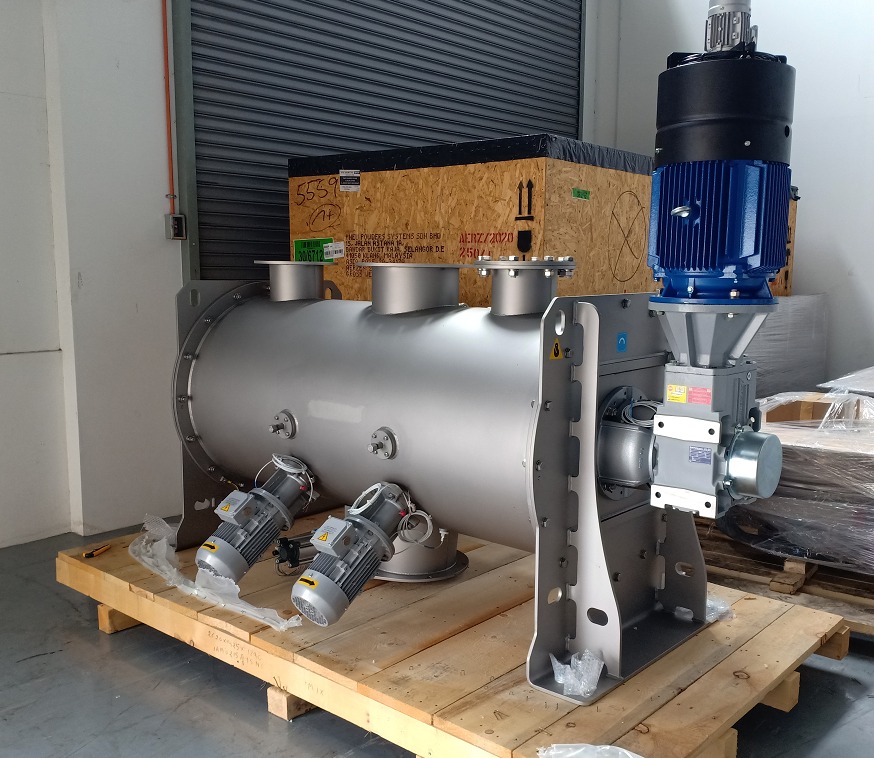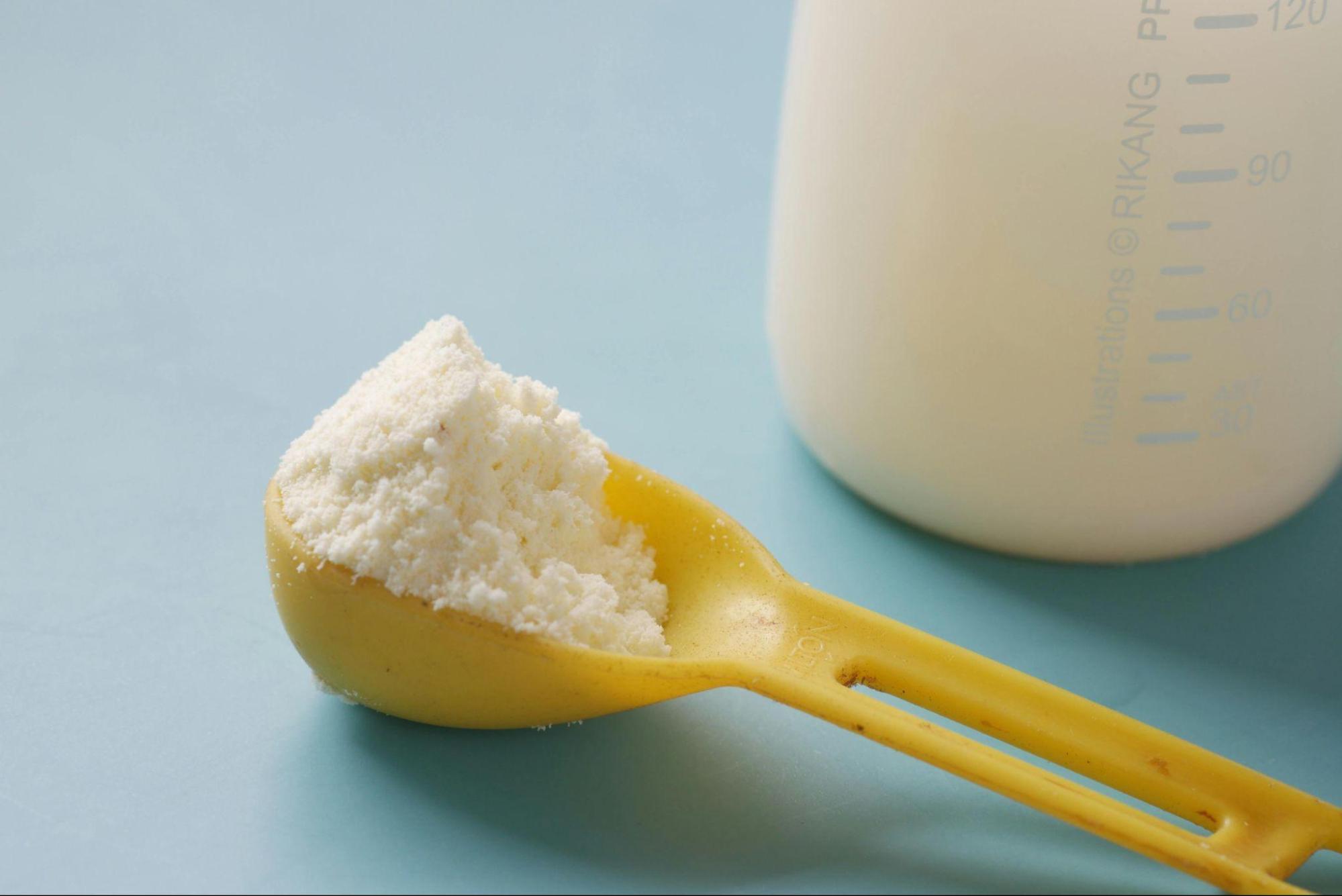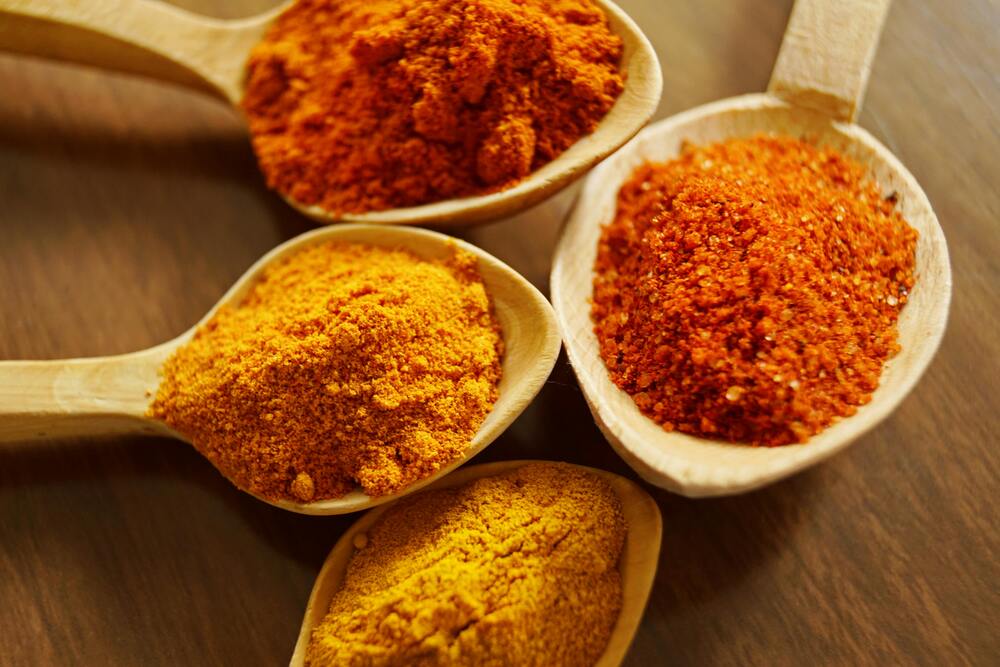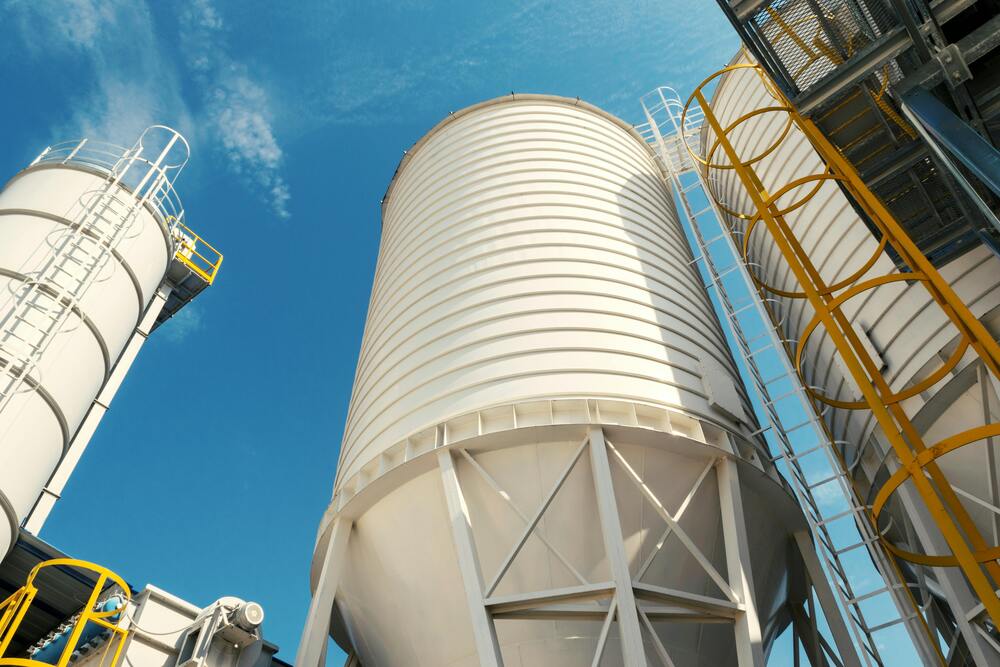The precision of powder mixing is paramount across diverse sectors like food, pharmaceuticals, and chemicals, as a uniform blend directly determines the final product’s quality, consistency, and ultimate performance.
Recognising this critical need, specialised powder mixer machines have become not merely beneficial, but indispensable tools in modern manufacturing. This essential industrial equipment is fundamental to ensuring every batch is perfectly consistent, which in turn prevents costly waste and guarantees high customer satisfaction.
But what exactly are these vital pieces of machinery?
What is a Powder Mixer Machine?
A powder mixer machine is a specialised equipment that combines different powdered materials into a homogeneous blend. Its purpose extends beyond simple stirring; it aims to achieve an even distribution of all ingredients, regardless of their varying particle sizes, densities, or proportions.
Manual Mixing vs Industrial Powder Mixer Machines
The shift from manual mixing to automated industrial powder mixer machines has significantly improved production efficiency and quality control. Manual methods are often labour-intensive, time-consuming, and prone to human error, resulting in non-uniform batches. On the other hand, industrial powder mixers offer repeatable precision, reduced processing times, and enhanced safety.
For instance, industrial powder mixer machines have become vital equipment in the food and beverage industry because they have automated laborious processes. They blend ingredients like flour, sugar, spices, milk powder, and flavourings. Whether creating cake mixes, infant formula, or instant soup powders, these machines ensure that each serving delivers the intended taste, nutritional value, and texture.
Types of Industrial Powder Mixer Machines
Numerous industrial powder mixer designs exist, each engineered for optimal performance for different requirements. The choice of a specific machine type is driven by the material’s characteristics and the desired production outcomes. Some of the most common types of powder mixers include:
1. Ribbon Mixers
Ribbon mixers feature a U-shaped horizontal trough and a central agitator shaft with inner and outer helical ribbons. These ribbons move the material in opposing axial directions and radially, creating a convective mixing action. This design is highly efficient for achieving a thorough blend relatively quickly. Ribbon mixers are ideal for large-batch blending of dry powders. They are widely used in the food, pharmaceutical, and chemical industries for applications like spice blends, protein powders, and cosmetic powders.
2. Paddle Mixers
Paddle mixers utilise paddle-shaped agitators that gently lift and tumble the materials. Its mechanism is less aggressive than those found in ribbon mixers. This makes it an ideal choice for fragile or shear-sensitive powders. Such delicate materials could otherwise be damaged or have their particle integrity compromised by more intensive mixing. They are often chosen for applications where a gentle but thorough mixing of dissimilar materials is required, including specific food products or when incorporating delicate additives.
A ploughshare mixer, which can be considered a type of paddle mixer, is equipped with ploughshare or paddle-shaped tools fixed on a rotating shaft, ideal for high-quality mixing.
3. V-Blenders
V-blenders, or twin-shell blenders, consist of two cylindrical shells joined at an angle to form a “V” shape. As the V-blender rotates, the material continuously splits and recombines, leading to a gentle and highly uniform blend. It has no internal baffles or agitators, which makes it easy to clean and minimises the risk of cross-contamination. V-blenders are commonly employed in the pharmaceutical and food industries for mixing dry powders and granules, particularly when batch integrity and ease of cleaning are critical.
How Does a Powder Mixer Machine Work?
The process by which a powder mixer machine creates a perfectly uniform product unfolds through several key stages. This operation typically spans from the initial loading of ingredients to the final discharge of the thoroughly blended material.
Step 1: Loading the Ingredients
Ingredients can be loaded into the mixer either manually or through automated systems like vacuum conveyors or screw feeders. In general, automated loading is preferred for larger volumes and to minimise dust and material loss.
Step 2: Setting Mixing Parameters
Before starting the mixing process, operators set crucial parameters such as mixing speed and time. These settings are determined by the properties of the mixed materials, including their density, particle size, flowability, and the desired level of homogeneity.
Step 3: Mixing Process
Once activated, the mixer employs its specific mechanism—be it rotating ribbons, paddles, or the tumbling action of a V-blender—to move and intermingle the particles. This controlled movement ensures that all ingredients are evenly distributed throughout the batch.
Step 4: Discharging the Mixture
After the designated mixing time, the blended product is discharged from the mixer. This can be done manually through a bottom valve or via automated systems that convey the mixture to the next stage of the production process.
Step 5: Cleaning the Machine
Thorough cleaning of the powder mixer machine after each batch is crucial, especially in industries like food and pharmaceuticals. Proper cleaning prevents cross-contamination between different product runs and ensures adherence to hygiene standards. Luckily, most modern mixers are designed for easy cleaning, with accessible interiors and polished surfaces.
Advantages of Powder Mixer Machines
Having explored powder mixer machines’ detailed uses and operational steps, their practical value has become even clearer. Investing in industrial powder mixers is, therefore, a strategic decision that offers manufacturers numerous significant benefits:
- Efficient Mixing: They are significantly faster and more effective than manual methods, reducing processing times.
- Consistent Quality: Automated mixing ensures an even distribution of ingredients, leading to uniform product quality in every batch.
- Reduced Waste: Precise mixing minimises material loss due to spillage or incomplete blending.
- Scalability: Mixers are available in various sizes, allowing businesses to choose equipment that matches their current production needs and can scale up as required.
Drawbacks of Powder Mixer Machines
While the numerous advantages of powder mixer machines highlight their significant value in enhancing production and quality, a comprehensive understanding requires a balanced perspective. Despite the many benefits of powder handling solutions, it’s also crucial to consider some potential drawbacks and operational factors:
- High Initial Costs: The initial investment for an industrial powder mixer can be substantial, particularly for smaller businesses.
- Energy Consumption: Large-scale mixers can be energy-intensive to operate.
- Maintenance Requirements: Regular servicing and maintenance are necessary to keep the machines running efficiently and prevent breakdowns.
- Cleaning Complexity: While many are designed for easy cleaning, the stringent hygiene protocols in the food and pharmaceutical industries can make the cleaning process time-consuming and meticulous.
Pneu Powders Systems: Ensuring Quality with Quality Powder Handling Solutions
Product consistency and quality across diverse industries are fundamentally tied to effective powder mixing. Achieving this demands the right machinery. For food manufacturing plants seeking robust and reliable powder handling solutions, including efficient milk powder equipment and mixing systems, Pneu Powders Systems offers tailored expertise.
We understand the critical nature of precise blending and provide solutions designed to optimise your production processes, ensure product integrity, and meet stringent food industry hygiene demands. Our solutions are engineered to enhance operational efficiency, helping you deliver consistently high-quality products and uphold your commitment to excellence.
For more information on how to master powder handling, get in touch with us today.






